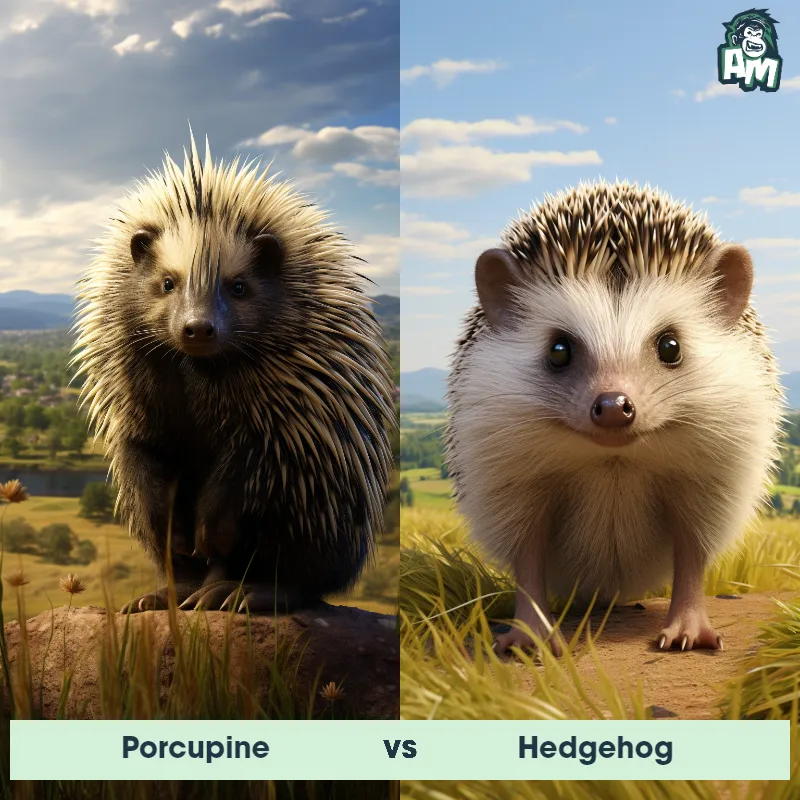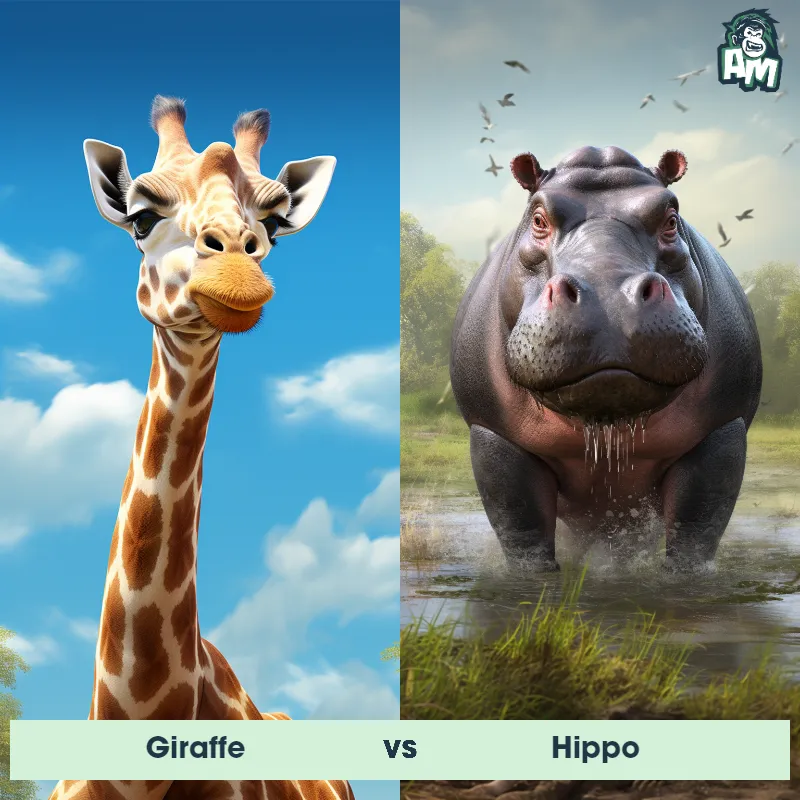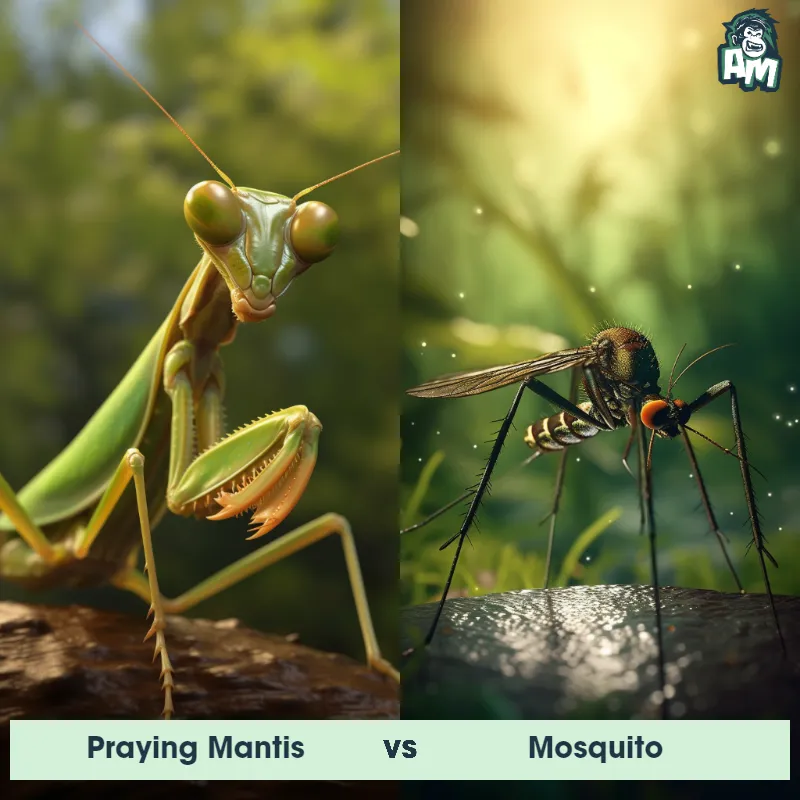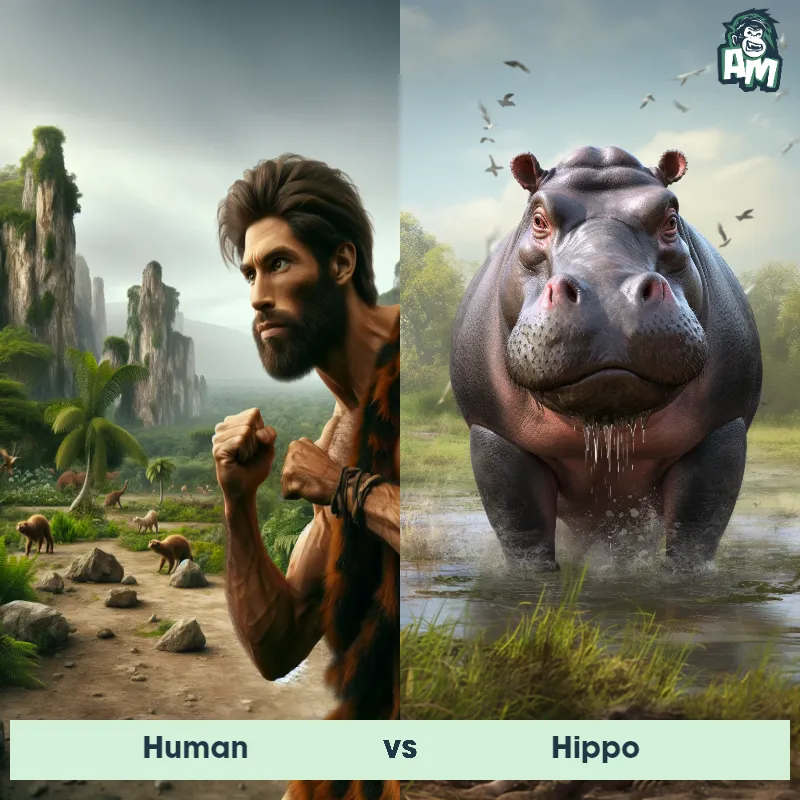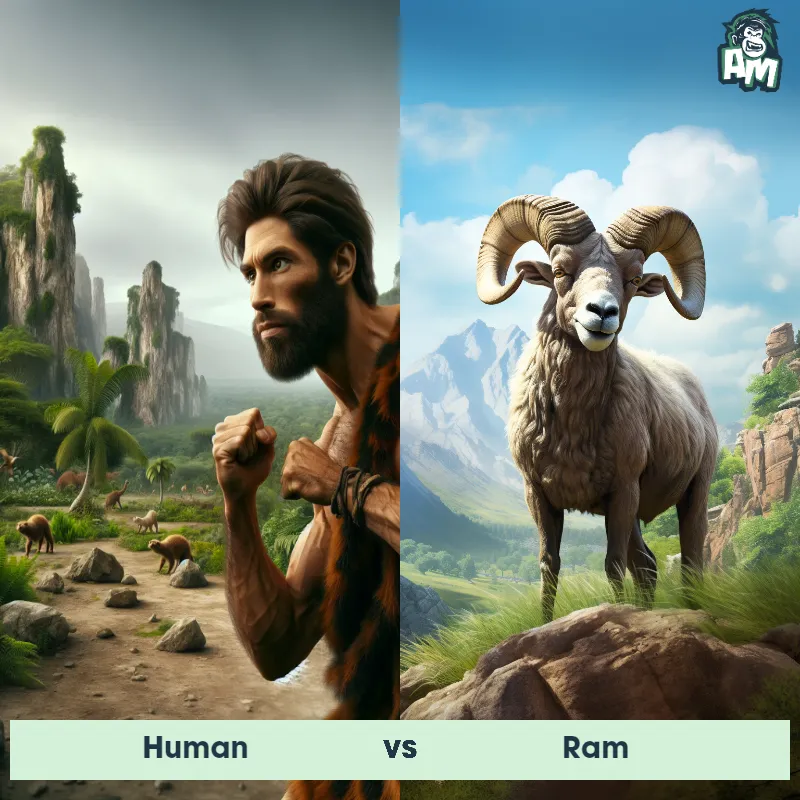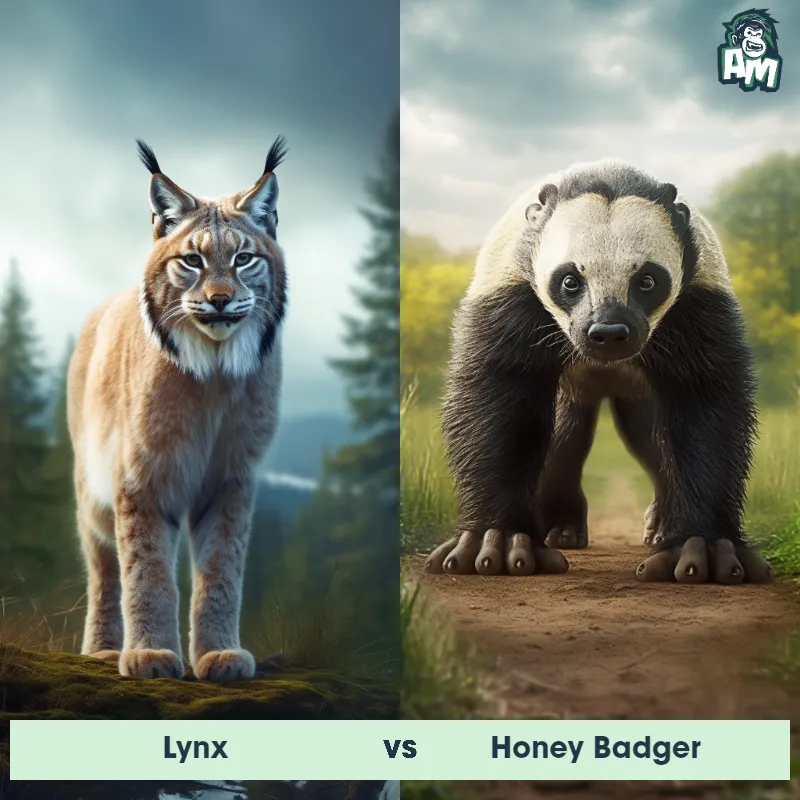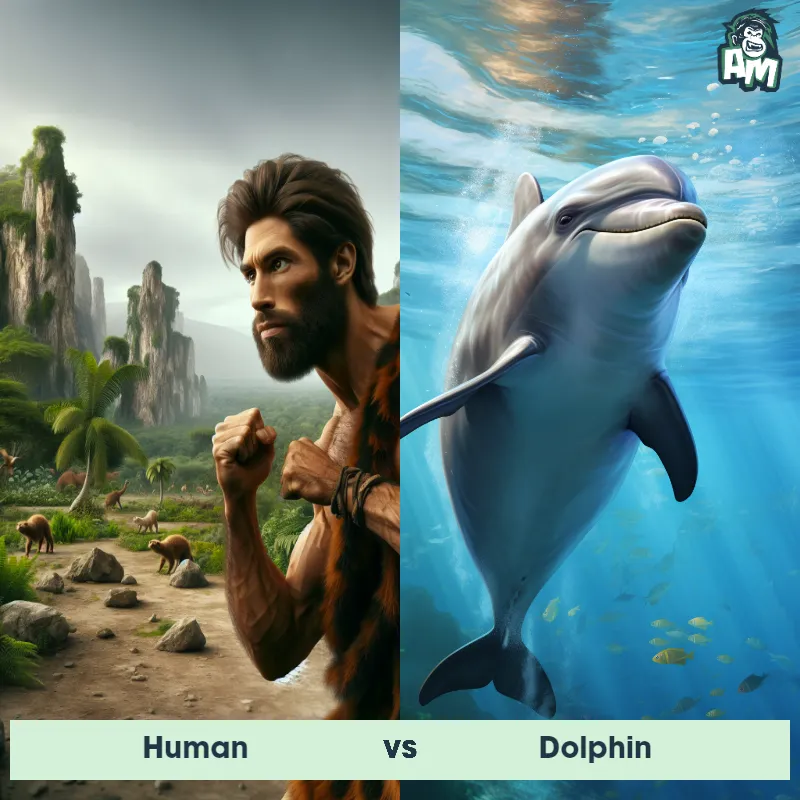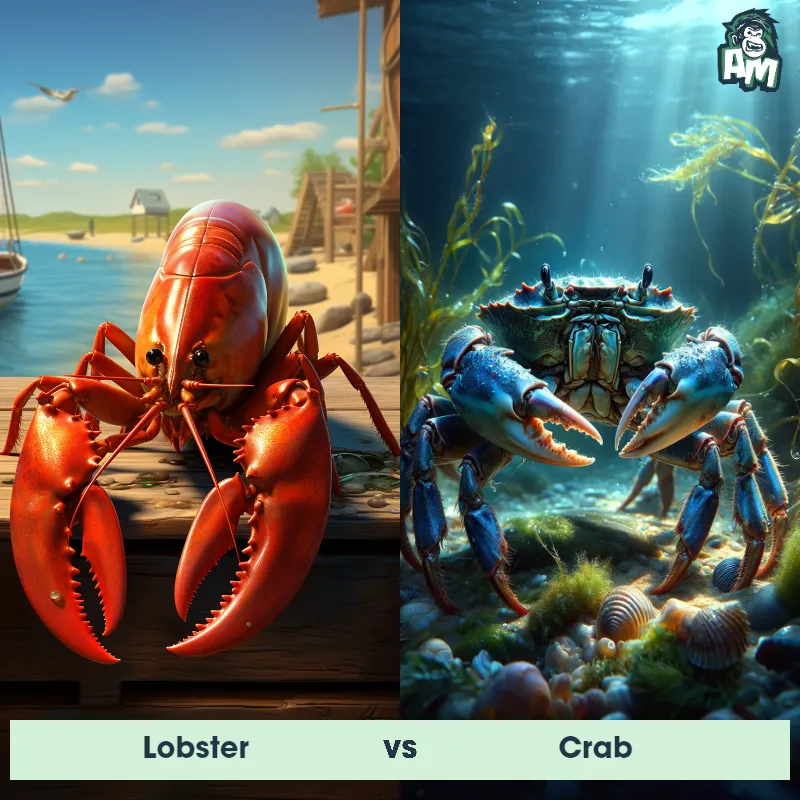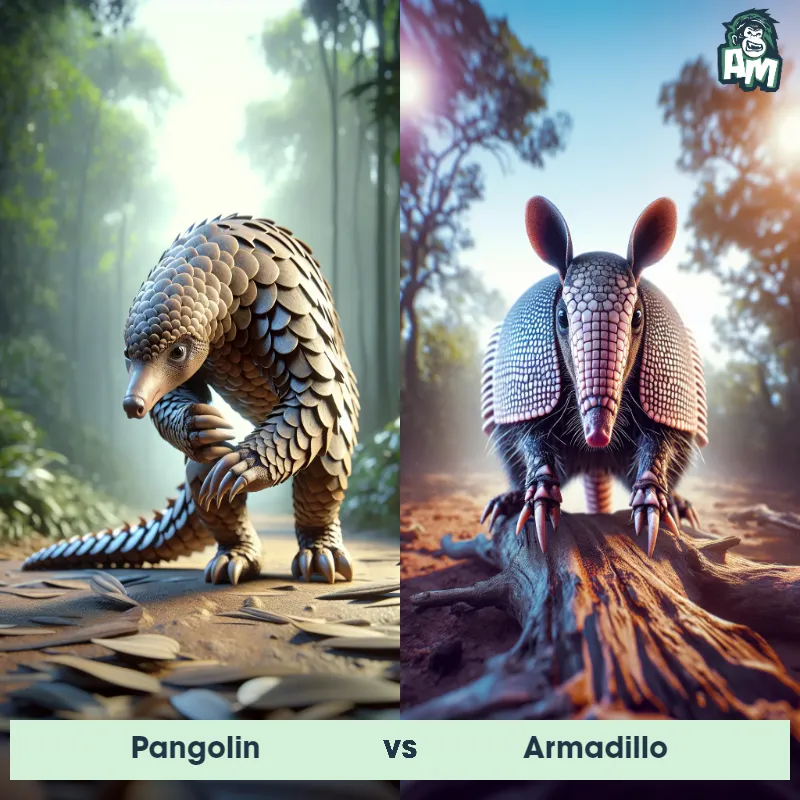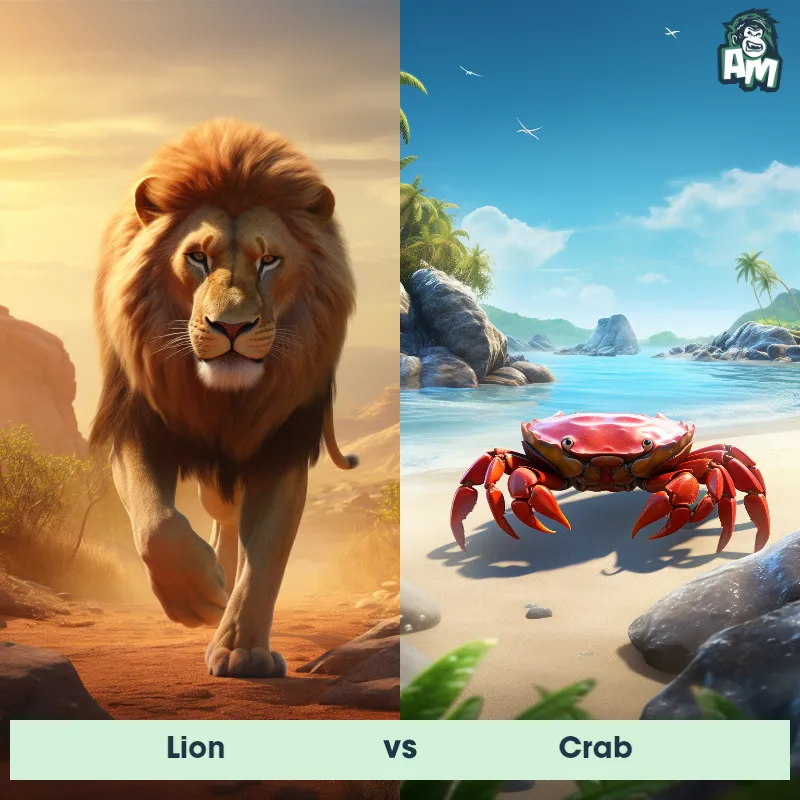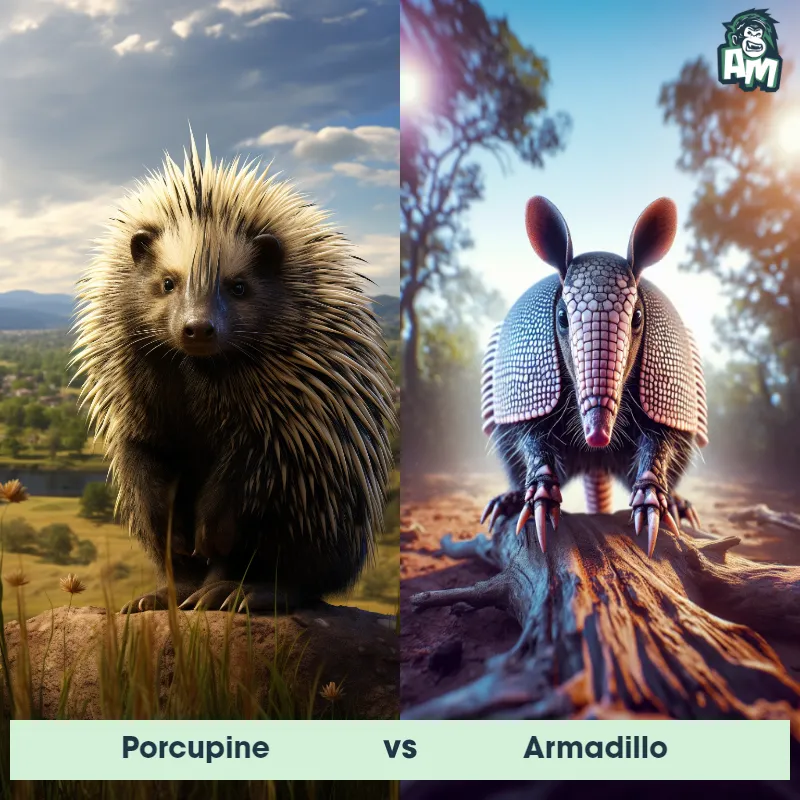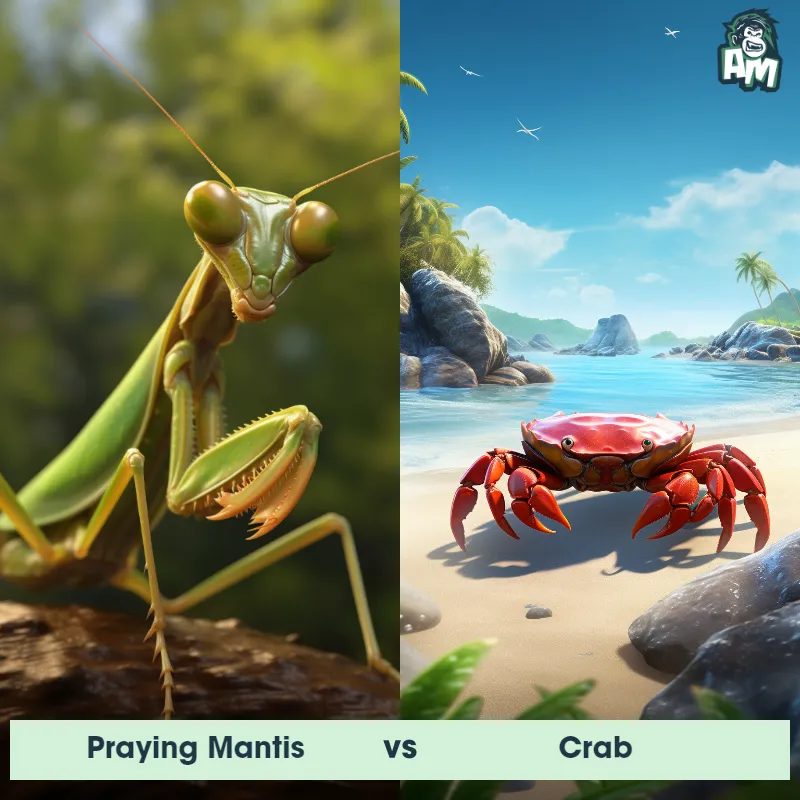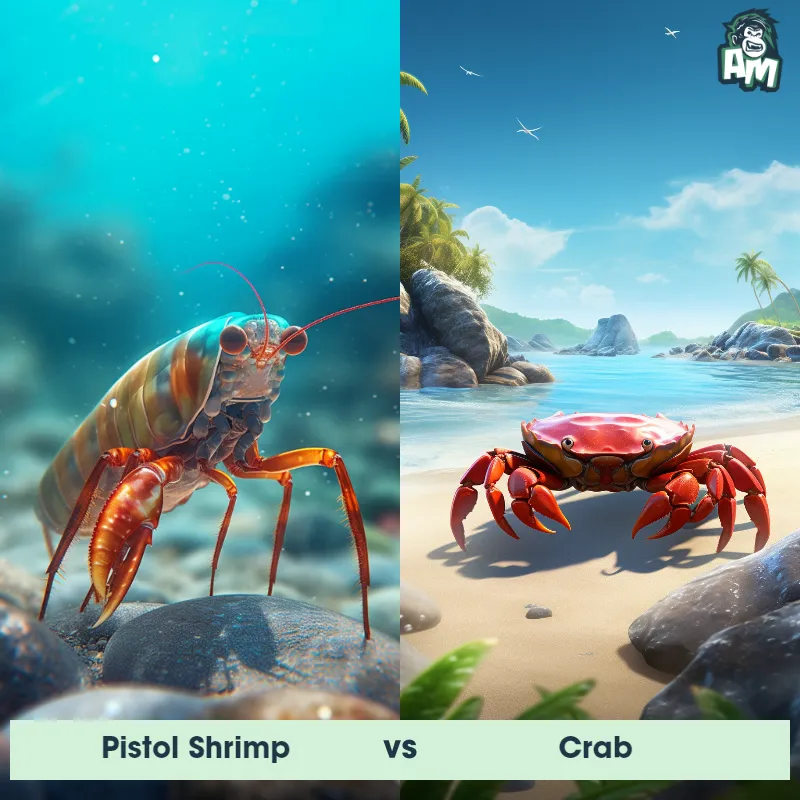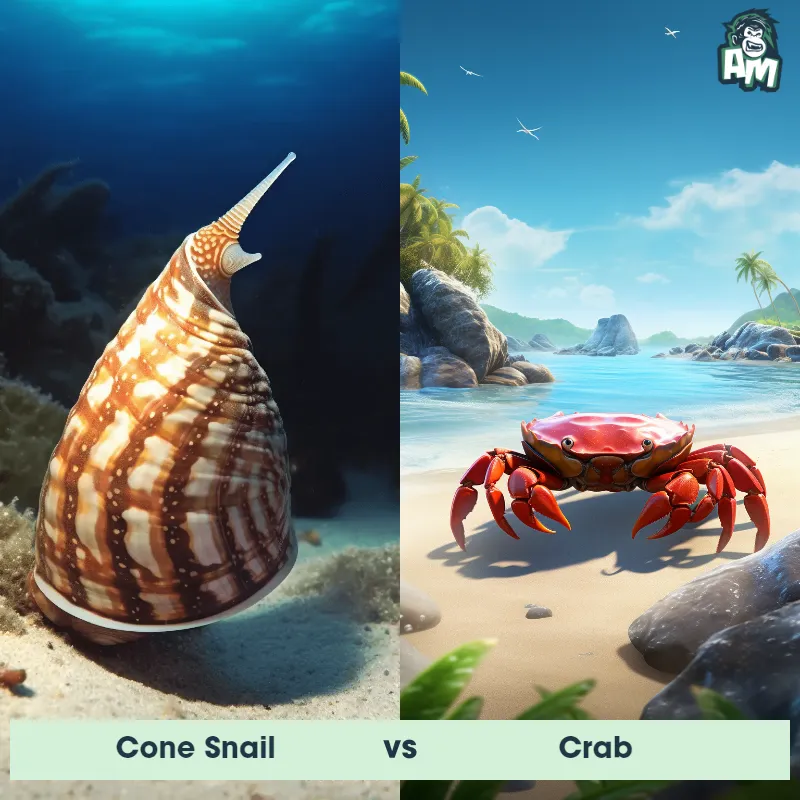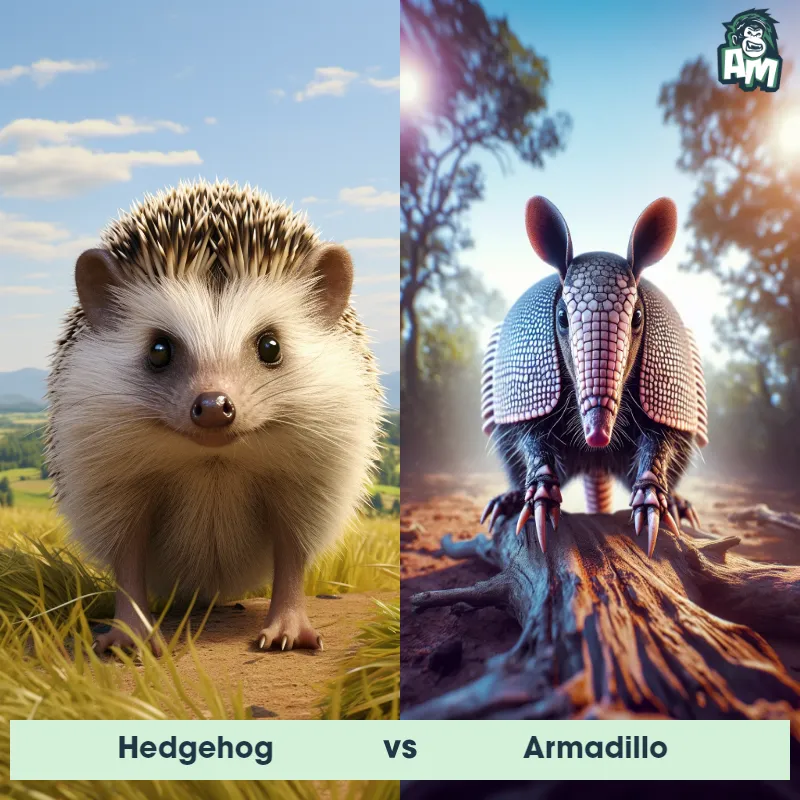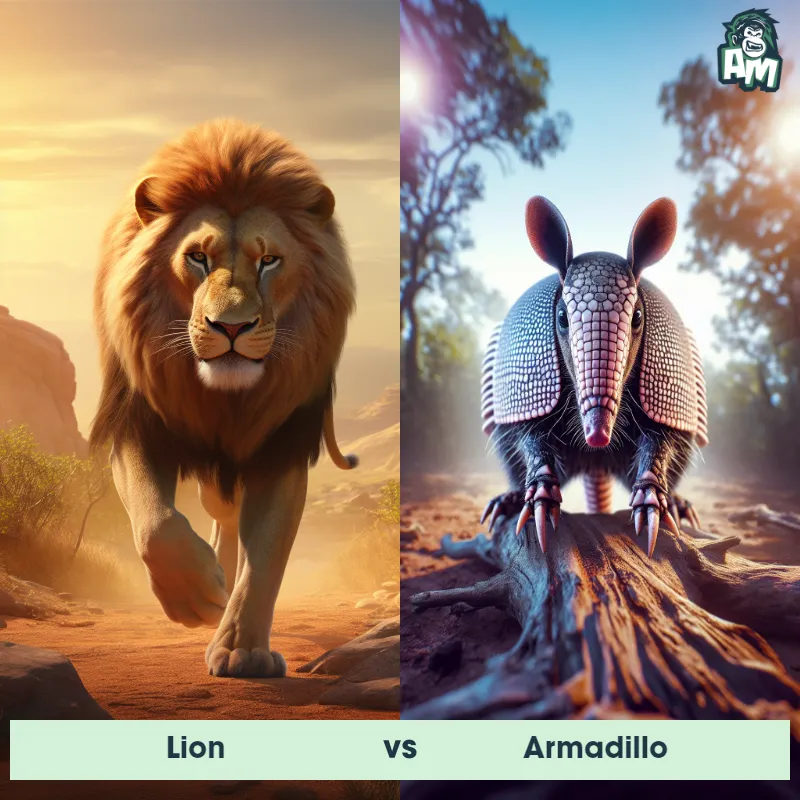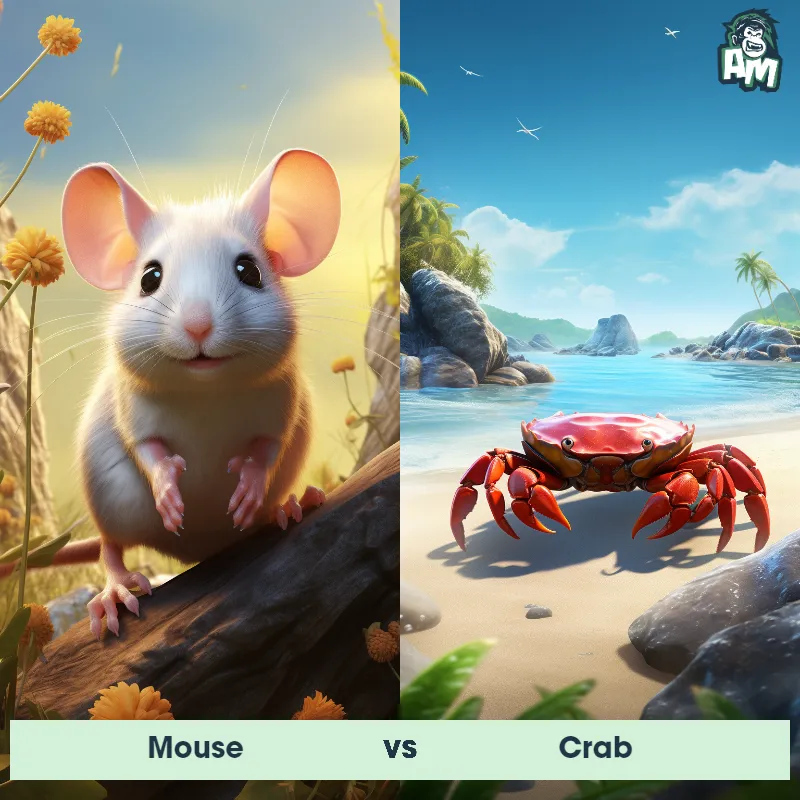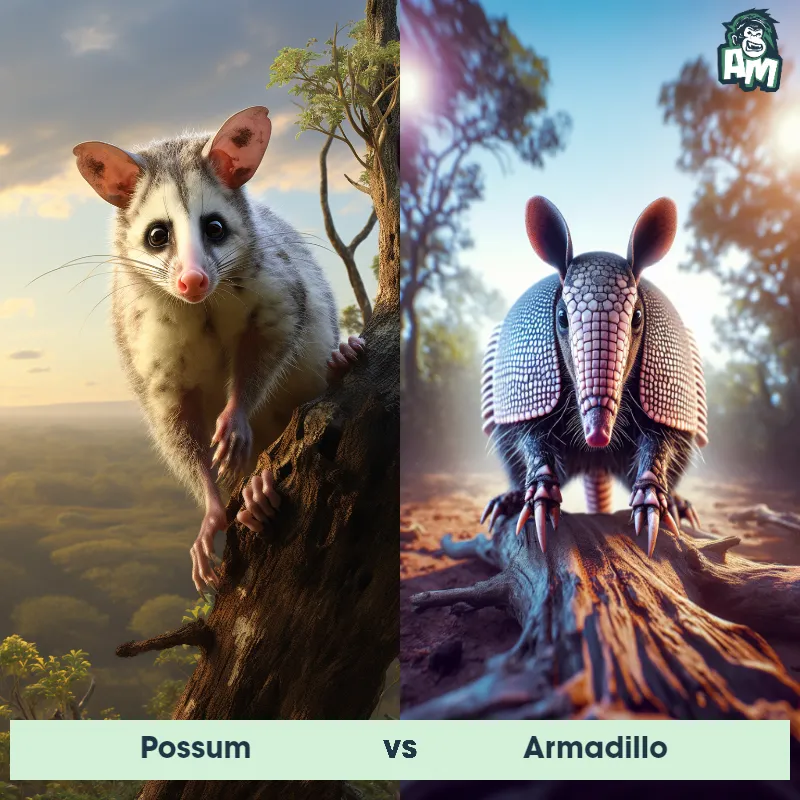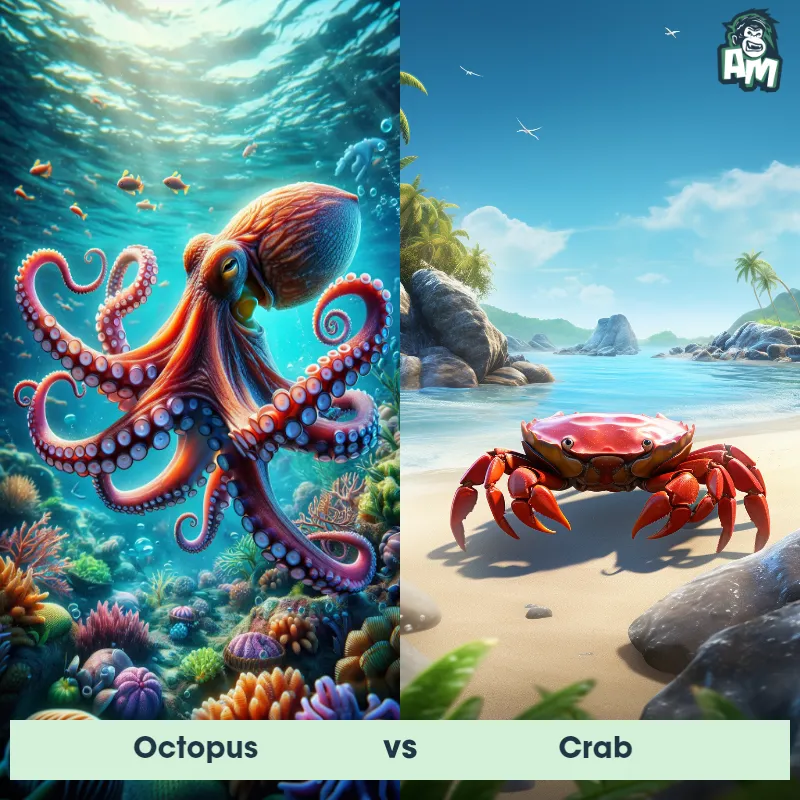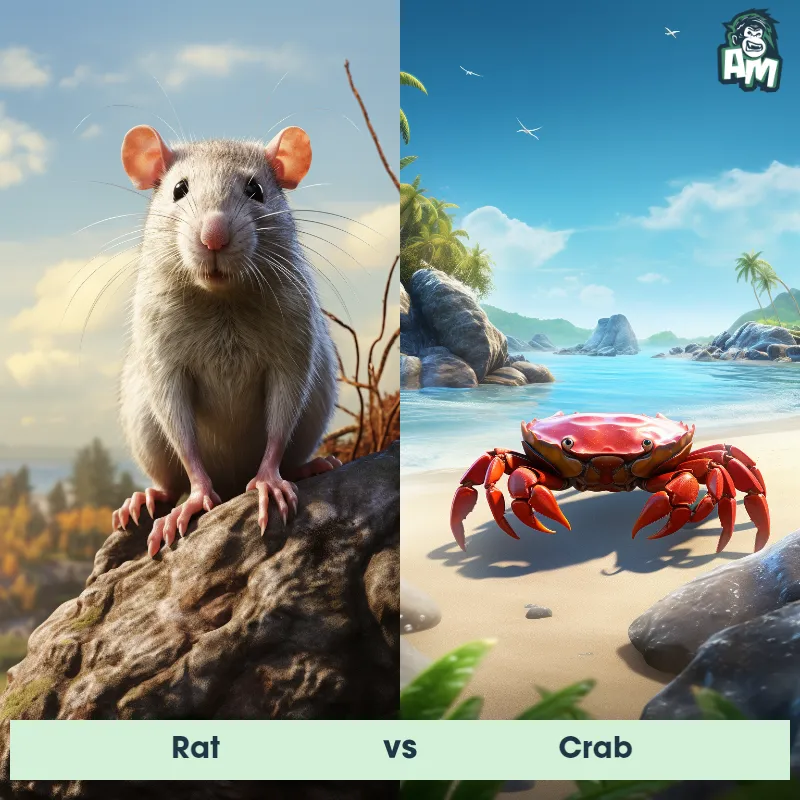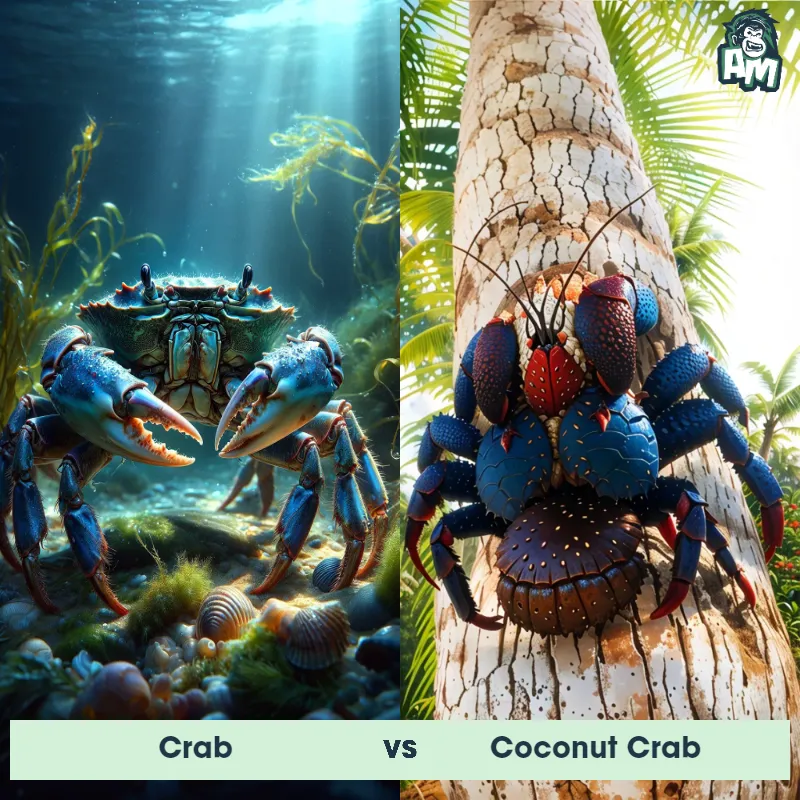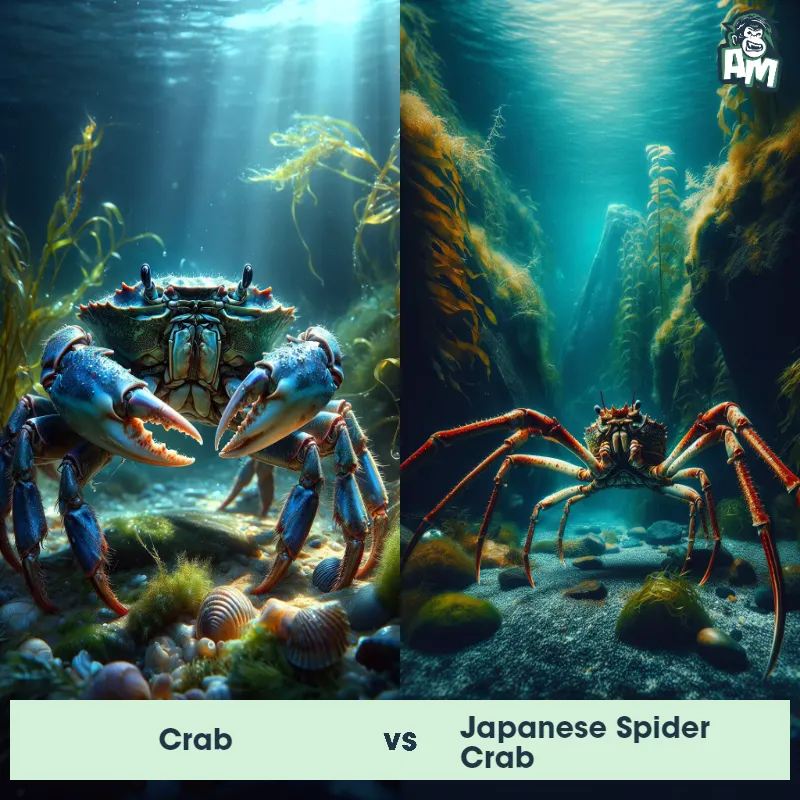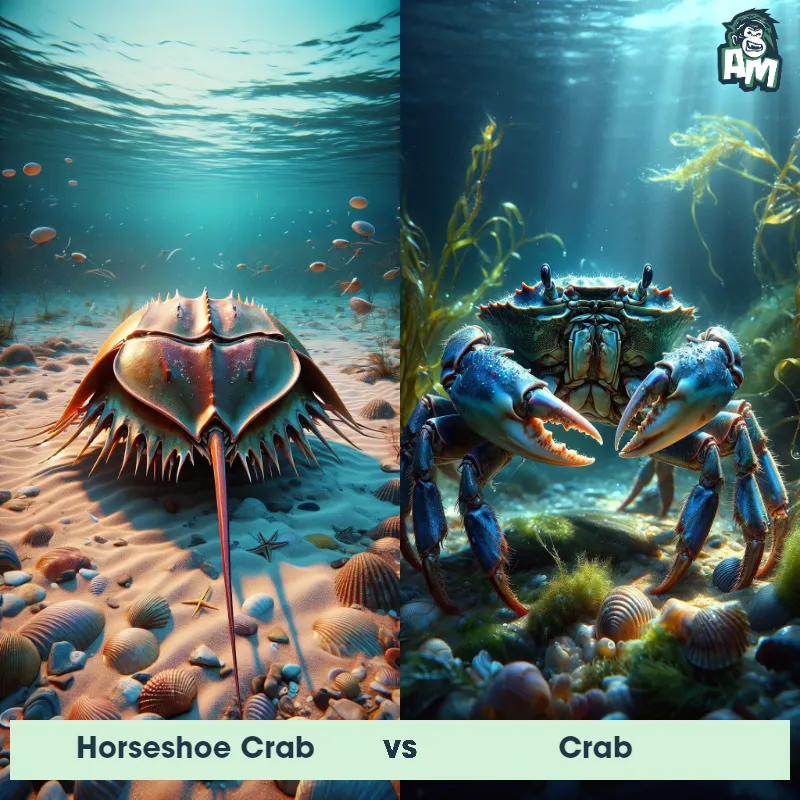Crab vs ArmadilloSee Who Wins

Ladies and gentlemen, welcome to this exciting matchup between two fascinating creatures. In one corner, we have the formidable crab, known for its fierce pincers and quick movements. And in the other corner, we have the armored titan, the armadillo, displaying its impenetrable armor. Get ready for an epic face-off between these remarkable animals!
Contender 1: Crab
Crabs are decapod crustaceans known for their characteristic thick exoskeleton and a pair of robust claws. They vary in size from the tiny pea crab, a few millimeters wide, to the giant Japanese spider crab, with a leg span of up to 4 meters. Crabs are typically found in the ocean, but some species are also found in freshwater or on land. Notably, crabs are known for their sideways walking, a motion that distinguishes them from other crustaceans.
Fun Fact: Crabs communicate with each other by drumming or waving their pincers, which is not just a sign of aggression, but can also be a part of their mating rituals.
Contender 2: Armadillo
The Armadillo, also known as the "little armored one," is a unique mammal characterized by its bony, leathery armor-like shell that covers its body. These fascinating creatures have a stocky body with short legs and are typically around the size of a small dog, ranging from 5 to 59 inches in length. Their sharp claws enable them to dig burrows easily, and their long tongue is perfect for catching insects, their primary food source. They have poor eyesight but an excellent sense of smell, which they use to locate food.
Fun Fact: Armadillos have a fascinating reproductive strategy called polyembryony, where a single fertilized egg divides into identical embryos, resulting in the birth of multiple identical offspring. This unique process allows Armadillos to give birth to quadruplets or even higher numbers of identical young.
Matchup Stats
| Crab | Armadillo | |
|---|---|---|
| Size | Varies from a few millimeters to 13 feet (4 meters) leg span | 5-59 inches (12-150 cm) |
| Weight | Varies greatly, up to 44 lbs (20 kg) for the largest species | 6-119 pounds (3-54 kg) |
| Speed | 11 mph (18 km/h) | 30mph (48km/h) |
| Key Strength | Robust claws | Sharp claws for digging and defense |
| Biggest Weakness | Vulnerable when molting | Poor eyesight |
Current Votes
Crab vs Armadillo
See Who Wins
View More Matches
Looking For More?
Similar Matches
Scientific Stats
| Crab | Armadillo | |
|---|---|---|
| Scientific Name | Brachyura | Dasypus |
| Family | Decapoda | Dasypodidae |
| Habitat | Ocean, Freshwater, Land | Grasslands, forests, and deserts |
| Geography | Worldwide | Found in the Americas, primarily in South America, Central America, and the southern parts of North America |
| Diet | Omnivores, eat algae, mollusks, bacteria, fungi, and small fish | Insects, small vertebrates, plant material |
| Lifespan | 1 year - 100 years | 10 years - 15 years |
Key Differences between Crab and Armadillo
- Body shape: The Crab has a round, flattened body with a hard exoskeleton, while the Armadillo has a more elongated and cylindrical body shape covered in armor-like bony plates.
- Size: The Crab is typically smaller in size, measuring between 3 to 6 inches in width, while the Armadillo is significantly larger, ranging from 15 to 59 inches in length.
- Habitat and environment: Crabs are primarily aquatic or semi-aquatic, found in oceans, rivers, and freshwater habitats, while Armadillos are terrestrial animals, dwelling in grasslands, forests, and scrubland regions.
- Shell-like structure: The Crab has a hard carapace on its back, providing protection and serving as a support for its walking legs, while the Armadillo has a leathery shell made of bony plates covering its entire body except for the underbelly.
- Limbs: The Crab possesses four pairs of legs, with the front pair elongated into pincers for capturing prey and defense. In contrast, the Armadillo has powerful digging claws on its front limbs and shorter, stout legs for walking.
- Coloration: Crabs exhibit various colors depending on the species, such as red, brown, or gray, often in camouflage patterns. Armadillos typically have a dark brown or grayish coloration, with some species having lighter markings or bands.




